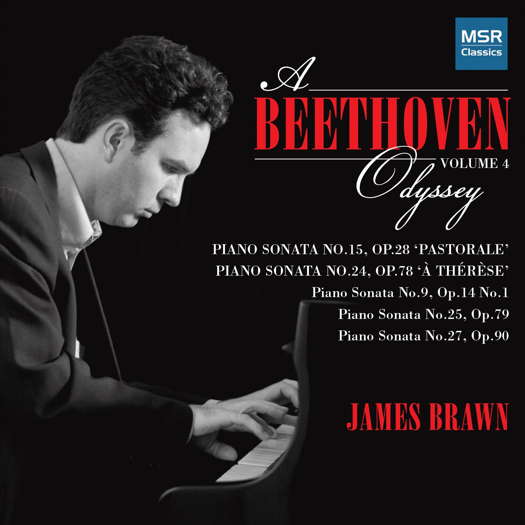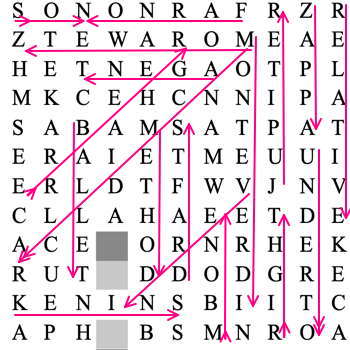- Andre Hajdu
- Coro
- Mexican
- Vytautas Bacevicius
- Ingvar Lidholm
- Georges Bizet
- Grindelwald
- Prague Symphony Orchestra
All the Expressive Bases Well Covered
MIKE WHEELER was at the conclusion of Buxton Festival's Paul Lewis Schubert sonata series
Paul Lewis's Buxton Festival Schubert Sonata odyssey reached its conclusion with the final three, composed during the astonishingly creative last months of the composer's life - St John's Church, Buxton, UK, 6 July 2024.
He pitched assertively into the Beethovenian opening of the Sonata in C minor, D 958 - stormy, then melting away, then turning into a swirling vortex, before the movement's provisional ending. His performance was notable for his control of long-range tensions in the song-like second movement, and his telling use of the silences in the third, finding a vein of innocence in the trio section. Moving onto the finale without a break, he drove the tarantella rhythm insistently, steered the stormy central episode towards a blunt, emphatic cadence, and maintained a torrent of energy through the final moments.

Paul Lewis. Photo © 2018 Kaupo Kikkas
The introduction to the Sonata in A, D 959 was aptly blunt, the top-to-bottom casacades tumbled in free-fall, and the second theme had a winning lyricism. Lewis led us into the recapitulation with a powerful sense of inevitability, and gave the final echo of the opening a haunted feel, before the withdrawn ending.
He brought out the melancholy, shadowy quality at the start of the second movement, before whipping up a storm full of impassioned swirling figures and abrupt chords, leading to the quiet, sombre final bars. In complete contrast was the lute-like figuration, with its fresh sprays of notes, opening the third movement. In Lewis's hands, the trio became a far-away vision.
The concluding rondo is based on one of Schubert's genially firm walking tunes, reworked from the second movement of the A minor Sonata, D 537, heard in the previous day's recital. Lewis turned the music's harmonic corners with undemonstrative deftness, through the forlorn final appearance of the rondo theme, to the skipping coda.
With the opening of the Sonata in B flat, D 960, it was clear we were at the start of a big journey. The quietly ominous low trills in the left hand were understated, and the third theme was springy. Again, there were some haunting moments of stillness, and the fragmentary passage before the inward-turning recapitulation was quietly suspenseful.
Lewis's skill in building long paragraphs was evident in the second movement, contrasting the timelessness of the outer sections with the more determined central passage. He set a rapid tempo for a light-on-its-feet account of the outwardly carefree Scherzo.
The final movement's emotional ambiguity was well served, with an eruptive stern episode, which melted away, after which the rondo theme sounded edgier than before. Another passage of fragmentation preceded the brisk coda, in which Schubert snaps out of the melancholy. Lewis had all the expressive bases well covered.
Copyright © 20 July 2024
Mike Wheeler,
Derby UK





